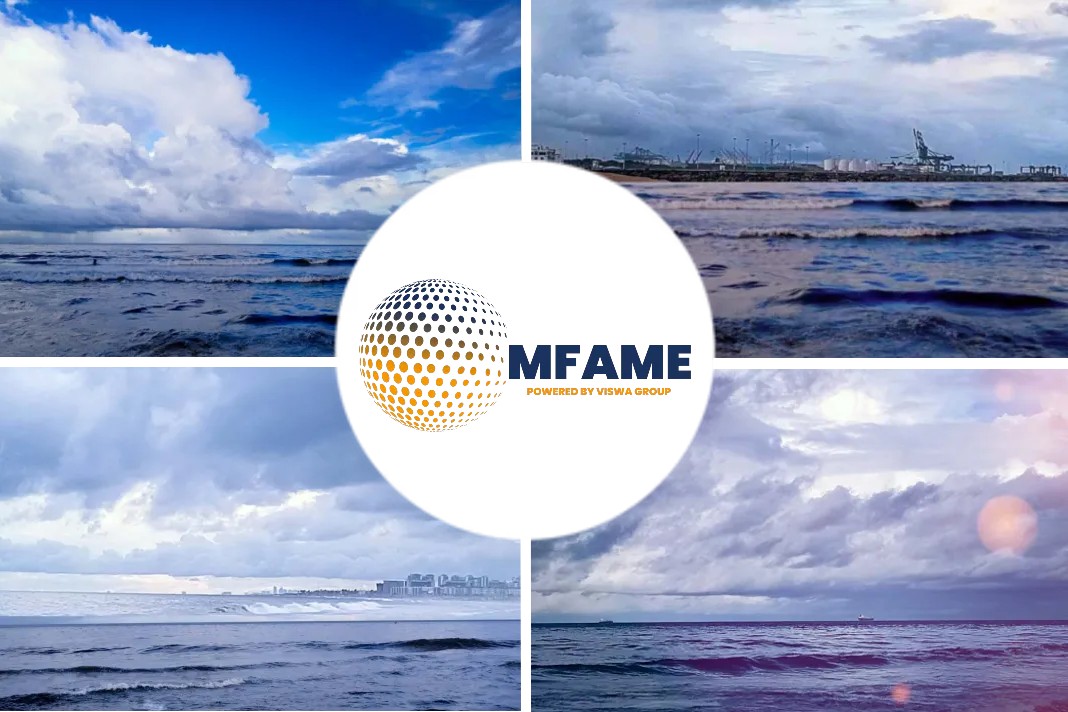
The understanding of how ships can best survive flooding events has been a continuous process of scientific, technological and regulatory improvement spanning more than a century. After the devastating sinking of the Estonia ferry in the Baltic Sea in 1994, efforts to enhance ship survivability have intensified.
Enhancing Accident Response
FLARE developed a risk analysis framework to evaluate the vulnerability of passenger ships to flooding and damage stability. The framework has shown remarkable progress in reducing the flooding risk to equitable levels with other major risks such as fire. “FLARE’s methodology, backed by flooding risk mitigation measures, could help decrease ship damage and life losses in the event of flooding by 60 %,” states project coordinator Stephan Wurst. “The implementation of recommended mitigation measures to existing ships will reduce flooding risks and lead to a more holistic and cost-effective approach to managing risks in the maritime industry,” adds Wurst.
A highlight of FLARE’s newly developed framework was the ability to demonstrate how the crashworthy structure succeeded in reducing the extent of damage caused without collapsing. The framework considers two levels of risk calculation and improved damage statistics, including ship grounding (bottom or sideways) and collisions.
A Better Alternative
The ambitious goals of the FLARE project were fulfilled and are a major breakthrough in maritime science and technology compared to existing regulations such as the International Convention for the Safety of Life at Sea (SOLAS). “The risk reduction potential of the different risk mitigation measures and risk control options offered by FLARE is measurable compared to current regulations that hinder engineers in delivering innovative ship designs,” remarks Dracos Vassalos, professor at the University of Strathclyde in the UK.
“SOLAS stipulation, required subdivision index R, fails to refer to a transparent safety metric – potential loss of life – that was addressed by FLARE,” explains Vassalos. Furthermore, this index describes only collisions rather than grounding events. Recent studies suggest that bottom or side grounding events are far more common than collisions, accounting for more than 70 % of the flooding risk. Until now, SOLAS has considered only collisions as prime hazards threatening damage stability. Damage stability and evacuation time have been separately treated in SOLAS. “Another lesson learnt is that sinking cruise ships act differently than sinking passenger roll on, roll off (RoPax) ferries and cargo ships, which directly impacts available evacuation times. RoPax ferries tend to sink faster,” notes Vassalos.
Did you subscribe to our newsletter?
It’s free! Click here to subscribe!
Source: Cordiseuropa





















